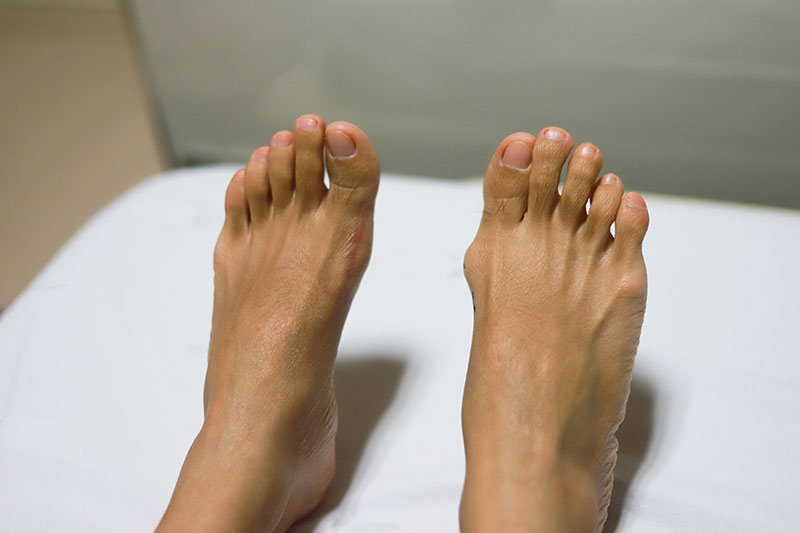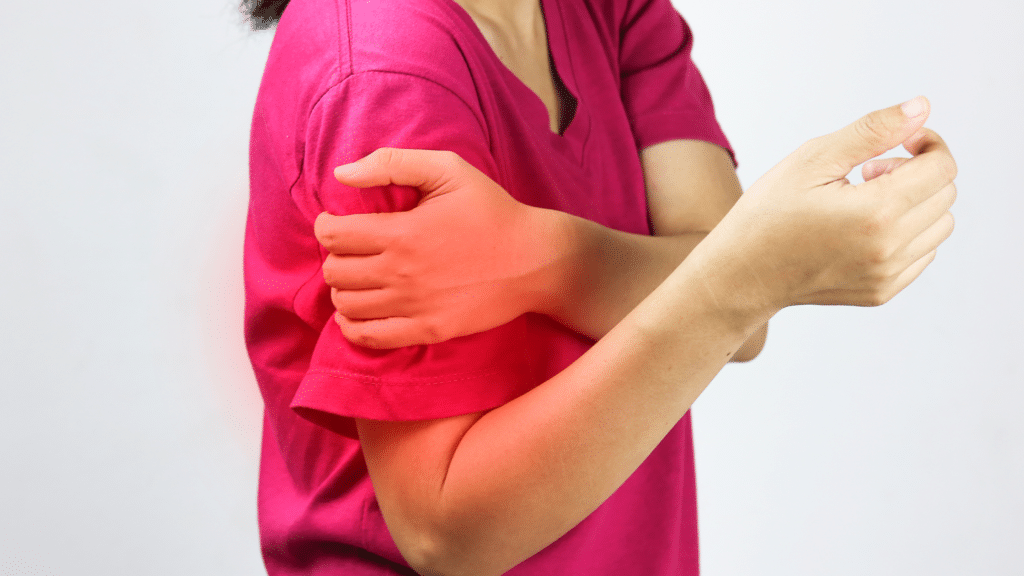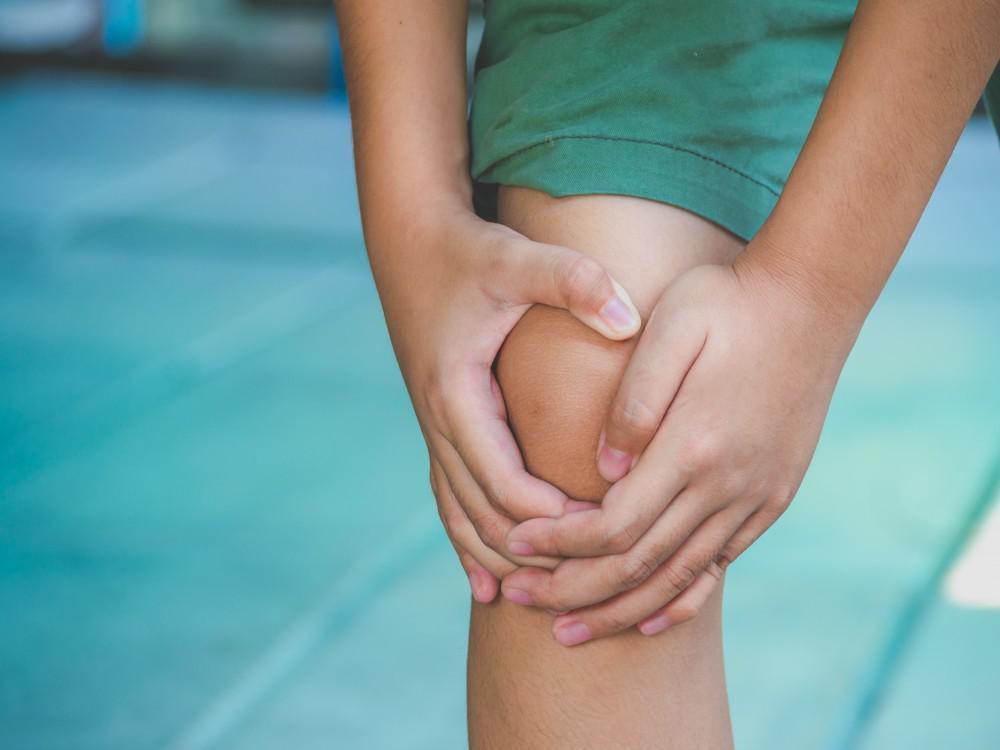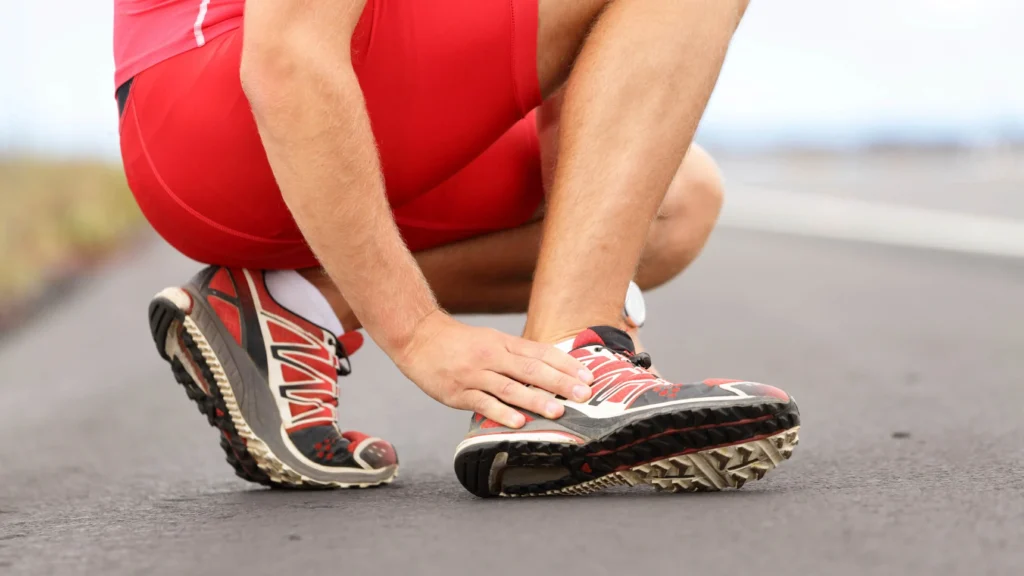Key Takeaways
- Modern joint replacement surgery often allows patients to walk the same day.
- Early mobilisation improves recovery and reduces complications.
- Many patients can safely go home within 24–48 hours.
- Rehabilitation starts almost immediately, focusing on regaining strength and mobility.
- Post-surgery, patients are encouraged to resume daily activities progressively, not remain in bed.
Outdated Beliefs About Joint Replacement
For many patients, the words “joint replacement” bring to mind long hospital stays and weeks of strict bed rest. This was once the reality decades ago, when surgical techniques, pain management, and rehabilitation practices were less advanced. Today, however, evidence shows that early movement and shorter hospital stays are not only safe but beneficial.
Recent studies including those published in BMC Surgery and the Singapore Medical Journal highlight that patients undergoing total knee replacement can often be discharged safely within 24 hours, provided they meet recovery milestones such as walking with assistance, managing pain, and stabilising vital signs.
Early Mobilisation: Moving Is Healing
Why do doctors encourage patients to get up and move so soon after surgery? Prolonged bed rest may actually slow recovery and increase risks such as blood clots, stiffness, and muscle loss. On the other hand, carefully guided mobilisation promotes circulation, protects joint function, and boosts confidence.
According to research from The Knee Surgery & Related Research Journal, early mobilisation protocols are associated with lower complication rates and faster returns to independence. Patients often begin walking with a physiotherapist just hours after their operation.
Shorter Hospital Stays, Same Safe Outcomes
Traditionally, joint replacement patients expected to stay in hospital for up to a week. But enhanced recovery programmes and minimally invasive techniques have changed this picture. In Singapore and internationally, same-day or next-day discharge for knee and hip replacements is becoming increasingly common.
The Singapore Medical Journal published a case study demonstrating the success of 24-hour discharge following total knee replacement. Careful patient selection, structured rehabilitation, and multidisciplinary support were key to making this possible without compromising safety.
What Recovery Looks Like Now
Patients can expect a very different post-surgery journey compared to the past:
- Day of Surgery – Pain is managed with modern anaesthesia and medication. Within hours, physiotherapists help patients stand and take their first steps with support.
- First 24–48 Hours – Patients practise walking short distances, learn to use walking aids, and begin gentle exercises to strengthen muscles around the joint.
- Discharge – Once they can walk safely with support, manage pain, and perform basic daily activities, most patients are discharged, often within one to two days.
- Rehabilitation at Home or Outpatient Clinics – Recovery continues through prescribed physiotherapy, either at home or in outpatient sessions.
- Return to Activities – Over weeks to months, patients progressively regain mobility and strength, resuming normal activities such as climbing stairs, grocery shopping, and even light sports.
The Role of Rehabilitation and Patient Mindset
Rehabilitation is central to success. Patients are encouraged to actively participate by following prescribed exercises, attending physiotherapy sessions, and progressively challenging themselves. Having a positive and realistic mindset also plays a crucial role. Knowing that some soreness is part of healing helps patients stay engaged in their recovery.
Why This Matters for Patients in Singapore
For patients here, the shift towards enhanced recovery after joint replacement means less disruption to daily life, reduced hospital bills, and faster return to independence. At the same time, safety remains the priority, no one is discharged until doctors are confident they are ready.
This approach reflects the broader move in orthopaedic care towards empowering patients to take an active role in their recovery, supported by surgeons, physiotherapists, and nurses.
When to Seek Medical Advice
While shorter hospital stays and early mobilisation are safe for most, every patient is different. It is important to consult an orthopaedic specialist to understand:
- Whether you are a suitable candidate for early discharge.
- What recovery milestones you should expect.
- How to manage pain, wound care, and exercises safely at home.
Taking the Next Step
If you are considering knee, hip, or other joint replacement surgery, it helps to know that long bed rest is no longer the standard. With the right guidance and care, many patients in Singapore walk within hours of their operation and return home within a day or two.
At The Orthopaedic Practice and Surgery (TOPS), our specialists are committed to guiding you through each step of the process -from surgery to rehabilitation- so you can return to daily life with confidence.
Book an appointment today to discuss your options and learn what recovery after joint replacement could look like for you.












